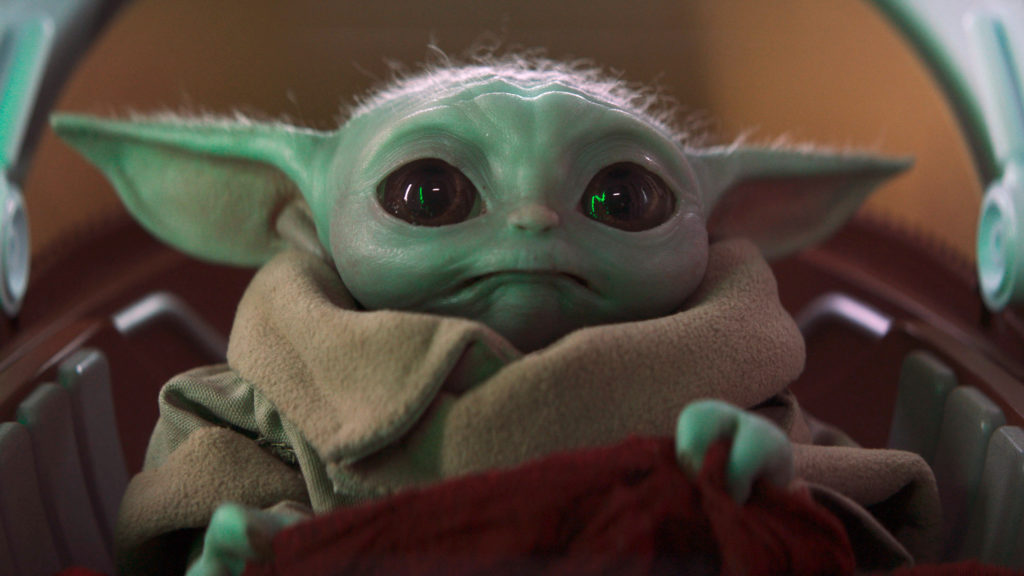When “Star Wars” debuted in 1977, I was a young adult and I thank God for that. If I had been 12 years old, I probably would have turned into one of those people who dress up as Emperor Palpatine and show up at conventions to compete with fans as to who can name all the planets in the “Star Wars” universe in alphabetical order.
When I did see the first “Star Wars” movie, my initial reaction was that this movie was going to make a boatload of money. I had no idea how much, and neither did the executives at 20th Century Fox, with the exception of Alan Ladd Jr., the head of the studio who championed George Lucas and his vision every step of the way.
But not even Ladd foresaw the merchandise windfall the “Star Wars” franchise represented. That is why no one at the studio said a word when they gave Lucas the merchandising rights to his creation. After all, there were no “Ben Hur” action figures or a board game based on “Some Like it Hot.”
So we need not weep tears for George Lucas as he now finds himself the odd man out. There have been a lot of Death Stars blown up in the past 46 years since the original “Star Wars” hit the big screen. Through a labyrinth of business, artistic, and cannibalistic mechanisms, Lucas gradually lost control of his own creation.
The final blow came when Disney bought the franchise. Disney gave Lucas the perennial “gold watch,” removed him from having any creative control and turned the franchise over to a younger, more “relevant” generation of filmmakers. The recent “Star Wars” products, as well as the latest “Indiana Jones” offering have something else in common besides the lack of George Lucas’ input: They have been unmitigated flops.
The industry miracle is that Lucas survived as long as he did. If not for the solitary effort of Ladd Jr. during the production of the first “Star Wars” movie, it might have ended there. How Lucas lasted long enough to not only get the first one done but the next two as well is its own epic miracle.
If you really want to start a fight at the next Comic-Con convention in San Diego, tell the guy dressed as a Wookie what your opinion is of the second trilogy of “Star Wars” films. The fur will fly. The second batch failed to match the innocence and the simplicity of the first films and the cracks in the Lucas empire appeared, which Disney drove a truck through.
Now we have a seemingly endless universe of stand-alone “Star Wars” films and Disney+ streaming series. With few exceptions, the response has been tepid. What is missing?
In a speech given to film students, Lucas laid out his fundamental philosophical approach to life. “There are two kinds of people in the world, compassionate and selfish,” he said. He went on to claim compassionate people are happier in the end and selfish people are always doomed to be unfulfilled and wanting more.
The philosophy is more Hallmark card than Thomism Catholic theology. Even though Lucas found much of his inspiration in the pop philosopher Joseph Campbell — and the whole “force” thing has a Neo-Gnosticism patina that grates against my Catholic sonar — he did understand one thing that is now lost. He served the structure of a hero on an epic quest, a thematic device that has worked since Homer.
Do audiences really want to see Luke Skywalker as a bitter old man or Han Solo with a messed-up family life? You do not need to be a Jedi Master to know the answer to that one. You just have to be able to read box office receipts and Disney’s stock portfolio.

